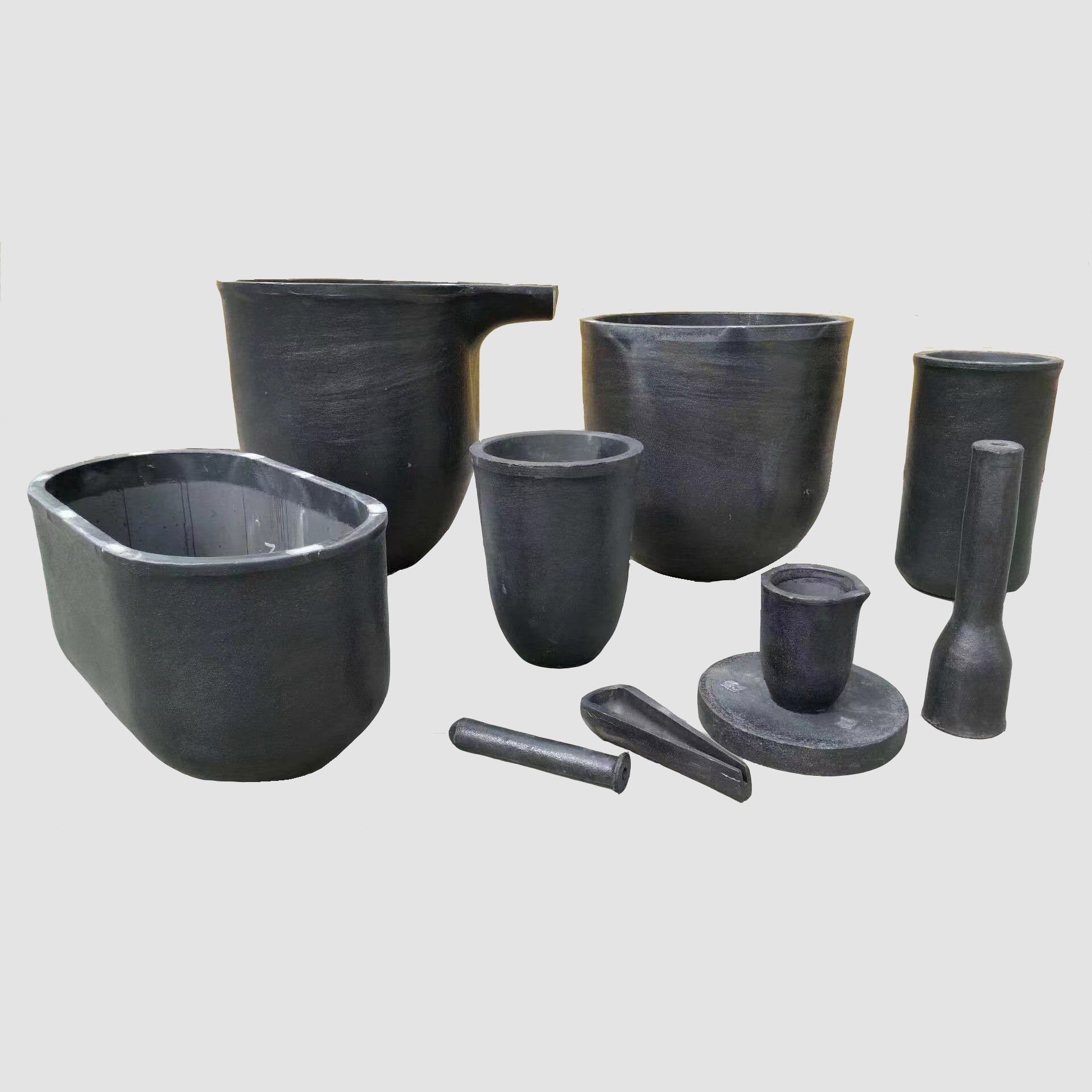In modern industry and scientific research, crucibles play an important role in melting metals, chemical experiments, and many other applications. However, Crucible For Melting often encounter various problems during use, such as transverse cracks, longitudinal cracks, and star shaped cracks. This article will introduce common problems with these crucibles and analyze possible causes to help solve these problems.
Transverse crack problem
Lateral cracks near the bottom of the melting crucible: This type of crack usually occurs near the bottom of the Casting Crucible and may cause the bottom of the crucible to fall off. Possible reasons include:
- During the preheating process, the temperature rises too quickly.
- Use a hard object (such as an iron rod) to strike the bottom.
- The residual metal at the bottom of the crucible undergoes thermal expansion.
- Hard objects impact the interior of the crucible, such as throwing the casting material into the crucible.
A transverse crack located approximately halfway around the Metal Casting Crucible: This crack may appear in the middle of the Furnace Crucible, and the reasons may include:
- Place the crucible on an unsuitable base.
- Use Smelting Crucibles pliers to clamp the position too high and apply excessive force.
- Incorrect control of the burner resulted in overheating of the crucible and ineffective heating of some parts, resulting in thermal stress.
When using a tilting (with a nozzle) Clay Graphite Crucibles, there may be transverse cracks in the lower part of the crucible nozzle. This crack may be caused by incorrect installation of the crucible, and refractory soil may be squeezed under the crucible nozzle when installing a new crucible.
Longitudinal crack problem
The crucible used for the first time has longitudinal cracks running through the bottom of the Sic Crucibles at the lower edge: this may be caused by placing the cooled crucible in a high-temperature fire or heating the bottom too quickly while the crucible is cooled. Thermal stress causes cracks at the bottom of the crucible, usually accompanied by phenomena such as glaze peeling.
After prolonged use of the crucible, longitudinal cracks appear on the wall, and the crucible wall at the crack location is thinner: this may be due to the crucible approaching or reaching its service life, and the crucible wall becomes thinner, unable to withstand excessive pressure.
Single longitudinal crack extending from the top edge of the crucible: This may be due to excessive heating of the crucible, especially when the heating speed at the bottom and bottom edge of the crucible is faster than that at the top. It may also be caused by unsuitable crucible pliers or the impact of ingot feeding on the upper edge.
Parallel longitudinal cracks extending from the top edge of multiple crucibles: This may be due to the furnace cover directly pressing on the crucible, or the gap between the furnace cover and the crucible being too large, making the crucible prone to oxidation and leading to cracks.
Longitudinal cracks on the side of the crucible: usually caused by internal pressure, such as placing cooled wedge-shaped cast material horizontally into the crucible, which can cause such damage when heated and expanded.
Contact us to provide you with a more detailed crucible failure analysis form
The common problems and analysis of these crucibles are based on decades of research and production experience, hoping to help customers better understand the problems that may be encountered in the use of crucibles and take appropriate measures to solve these problems. During the manufacturing and use of crucibles, quality and after-sales service are crucial to ensure the interests and trust of customers.

Post time: Oct-11-2023
